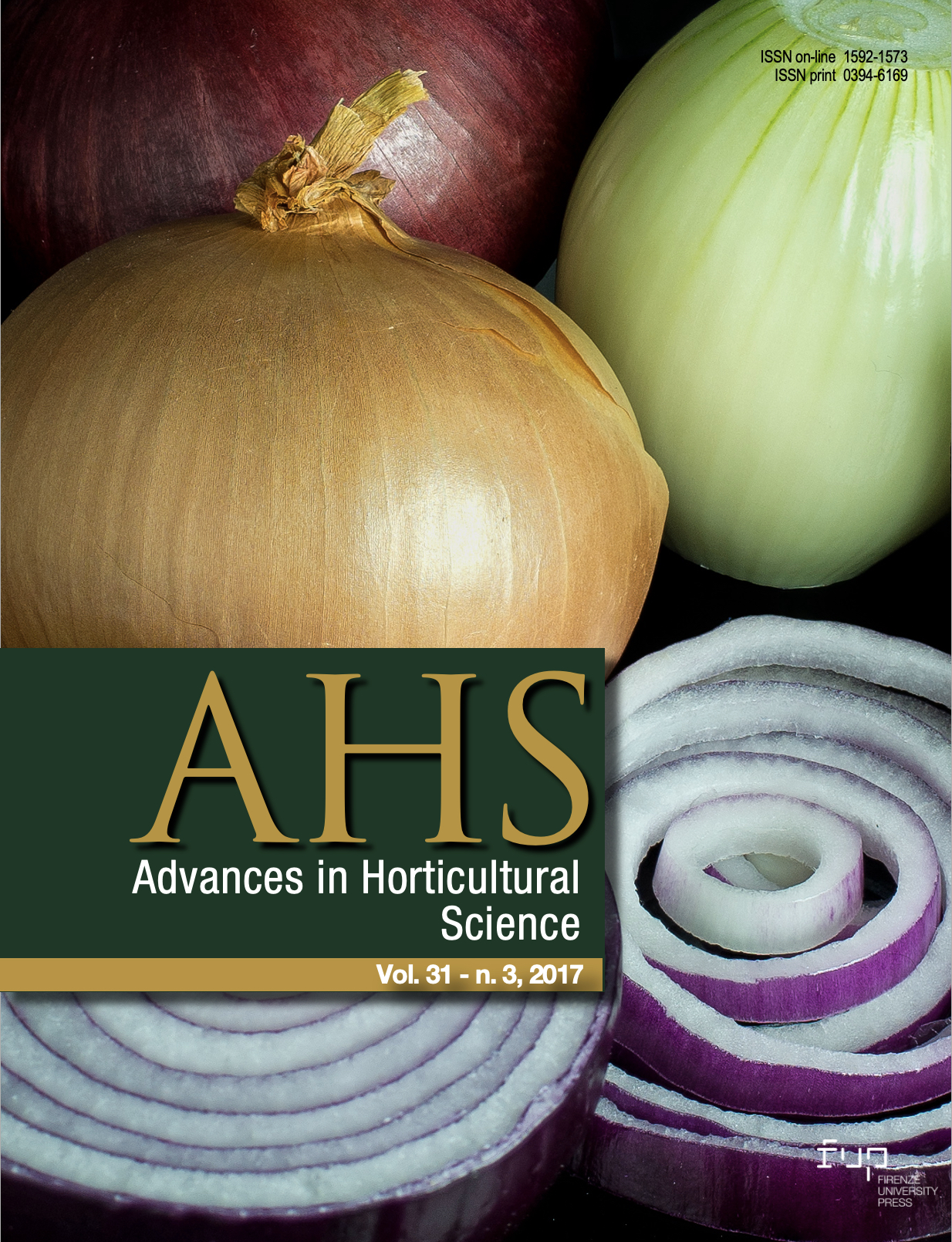Abstract
Gladiolus is a valuable asexually propagated plant of horticultural importance. Here, in the present communication, in vitro embryogenesis protocol and 2C DNA content of embryo regenerated plant are described. Callus was first induced from corms on 2, 4-D and NAA + BAP amended MS medium and the frequency was maximum (75.12%) in 0.5 mg/l NAA + 0.5 mg/l BAP added medium. The callus differentiated into embryos on 2, 4-D at variable numbers (3.13-5.32/callus mass); the addition of 1.0 mg/l BAP and 0.25 mg/l NAA was found very efficient in proliferating embryos (7.99/callus mass). Direct somatic embryos were also formed on corm surfaces on 2, 4-D (0.5-1.0 mg/l) amended medium at varying numbers. The embryos did not progress to maturity in same induction medium, so other PGR treatments containing GA3 and ABA were added. The amendment of GA3 was more responsive compared to ABA and 0.5-1.0 mg/l of GA3 was identified as best effective treatment. The embryos showed a maximum of 62.15% maturity in 0.5 mg/l GA3 added medium after 8th of culture. On BAP containing medium the mature embryos converted into plantlets and highest germination (42.65%) was noticed on 0.5 mg/l BAP added medium. The 2C DNA content of regenerated plant was measured by flow cytometry and was noted to be 1.34 pg. The somatic embryo derived plantlets are true-to-type, stable and grew normally in outdoor conditions, genome size is identical to corm derived gladiolus plants. This is the first flow cytometric DNA analysis description in somatic embryo regenerated gladiolus plant.






